The world of cinema has often blurred the lines between homage, inspiration, and imitation. For instance, Christopher Nolan’s 2010-released movie, Inception took the world by storm with its mind-bending narrative, stunning visuals, and intricate exploration of dreams. Yet, this blockbuster bears a striking resemblance to a fascinating work by a veteran anime filmmaker: Satoshi Kon’s Paprika.
 Leonardo Dicaprio as Dominick Cobb from Inception | Credit: Warner Bros. Pictures
Leonardo Dicaprio as Dominick Cobb from Inception | Credit: Warner Bros. PicturesWas Inception inspired by, or even a direct copy of, Satoshi Kon’s 2006 anime masterpiece, Paprika? Released four years prior to Nolan’s blockbuster, Paprika explores the convergence of dreams and reality through advanced technology and psychological intrigue. While some argue that Inception was borrowed heavily from Paprika‘s core premise, others see it as a coincidence or an homage.
Uncanny parallels between Paprika and Inception
Paprika, which was released in 2006, was Satoshi Kon‘s last film before his untimely death in 2010. The anime revolves around the DC Mini, a groundbreaking invention that allows therapists to enter their patient’s dreams for therapeutic purposes.
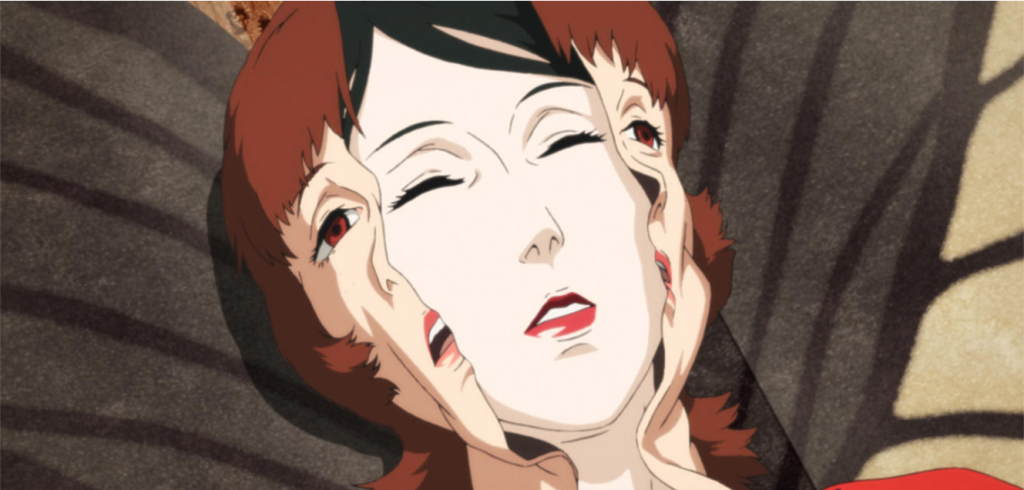 Satoshi Kon’s last film Paprika | Credit: Studio Madhouse
Satoshi Kon’s last film Paprika | Credit: Studio MadhouseHowever, when the device falls into the wrong hands, it unleashes chaos, blurring the line between dreams and reality. Paprika explores the human subconscious; crafting a complex narrative that delves into emotions, aspirations, and the darker aspects of human nature. Similarly, Inception features a device enabling characters to infiltrate dreams. Both films hinge on the use of this technology to explore the subconscious, raising ethical questions about its misuse.
Moreover, both films employ mind-bending visuals to depict dreamscapes. Paprika is famous for its parade sequence, where whimsical yet unsettling imagery takes center stage; creating an immersive dream world. Inception displays this with scenes like the folding city and gravity-defying hallways. While Paprika leans into the abstract and fantastical, Inception uses a more grounded, architectural approach.
Artistic inspiration or creative coincidence?
Christopher Nolan has never acknowledged Paprika as a source of inspiration and stated that Inception was an original concept he developed over many years (via, AMC Talk). However, Nolan’s claim still sparks intense debates to this day. Many viewers have argued that the parallels are too significant to dismiss, while Nolan’s defenders pointed out that Inception is a heist film at its core; blending elements of science fiction and psychological drama in a way that is different from Paprika.
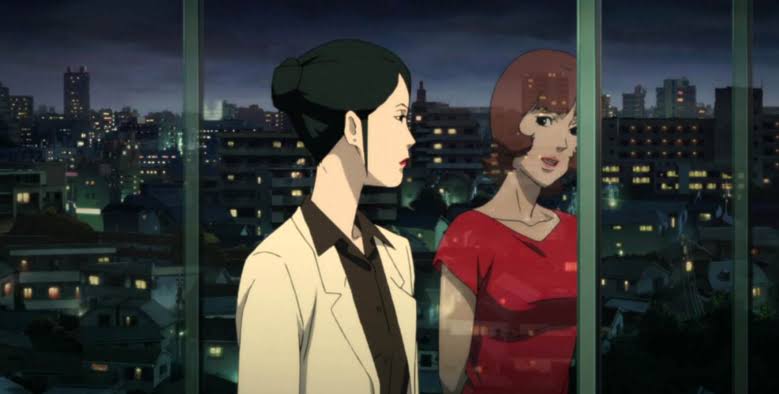 Atsuko Chiba and her alter ego, Paprika | Credit: Studio Madhouse
Atsuko Chiba and her alter ego, Paprika | Credit: Studio MadhouseBoth films grapple with the morality of using technology to manipulate dreams. While Paprika focuses on the psychological and societal chaos caused by misuse, Inception explores the personal consequences of altering someone’s subconscious. In both cases, the technology’s power is a double-edged sword.
The debate over Inception and Paprika highlights the fine line between inspiration and imitation. While the similarities between the two films are undeniable, their differences highlight the unique creative visions of their respective creators.
Perhaps the real takeaway is that both Paprika and Inception invite audiences to dream bigger and question the nature of reality. Whether you’re a fan of Satoshi Kon’s surreal brilliance or Christopher Nolan‘s creative storytelling, both films show the power of cinema to explore the uncharted territories of the human mind.
Both Paprika and Inception are currently available to watch on Amazon Prime Video.
.png)
 3 hours ago
9
3 hours ago
9
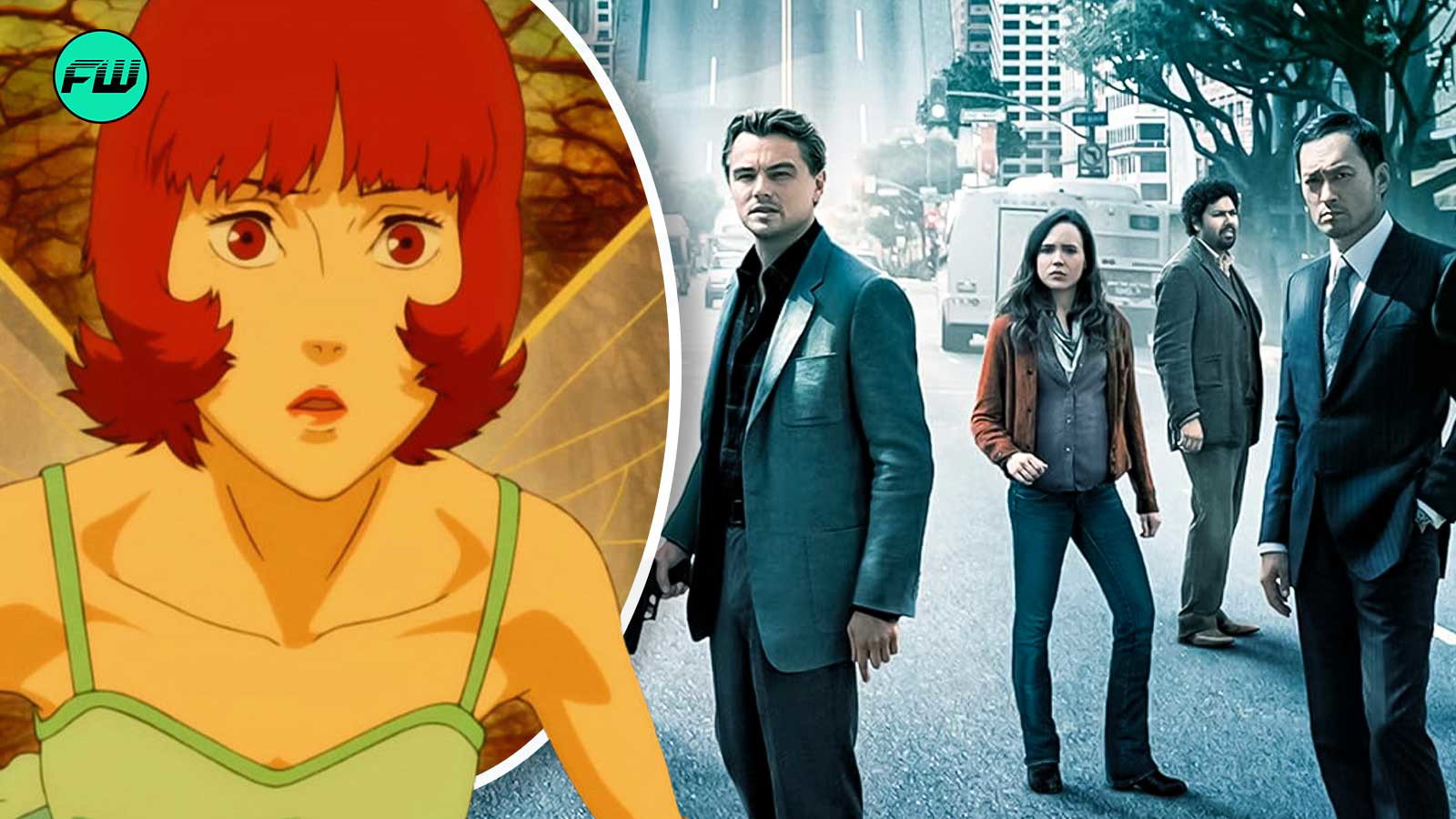


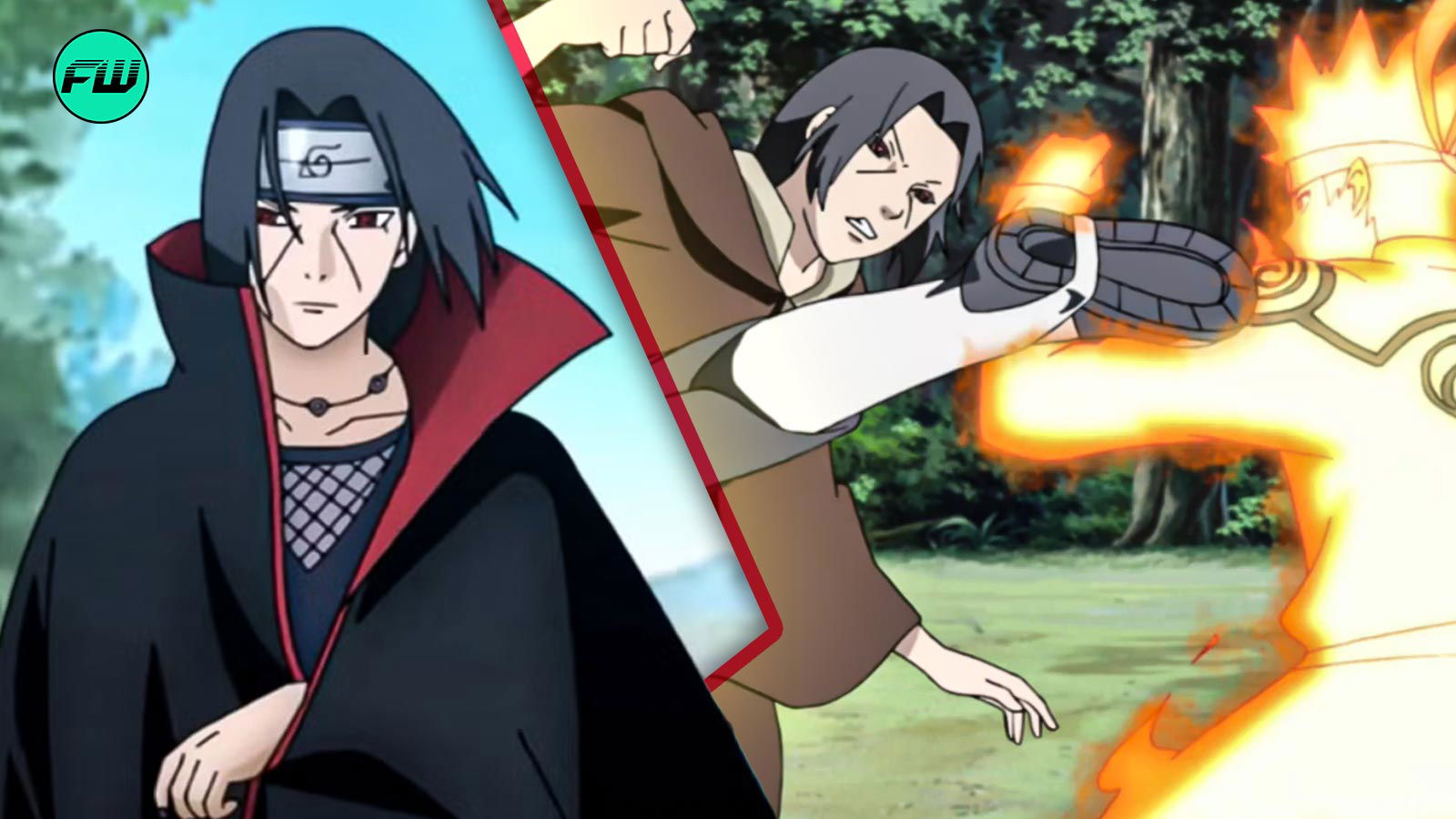
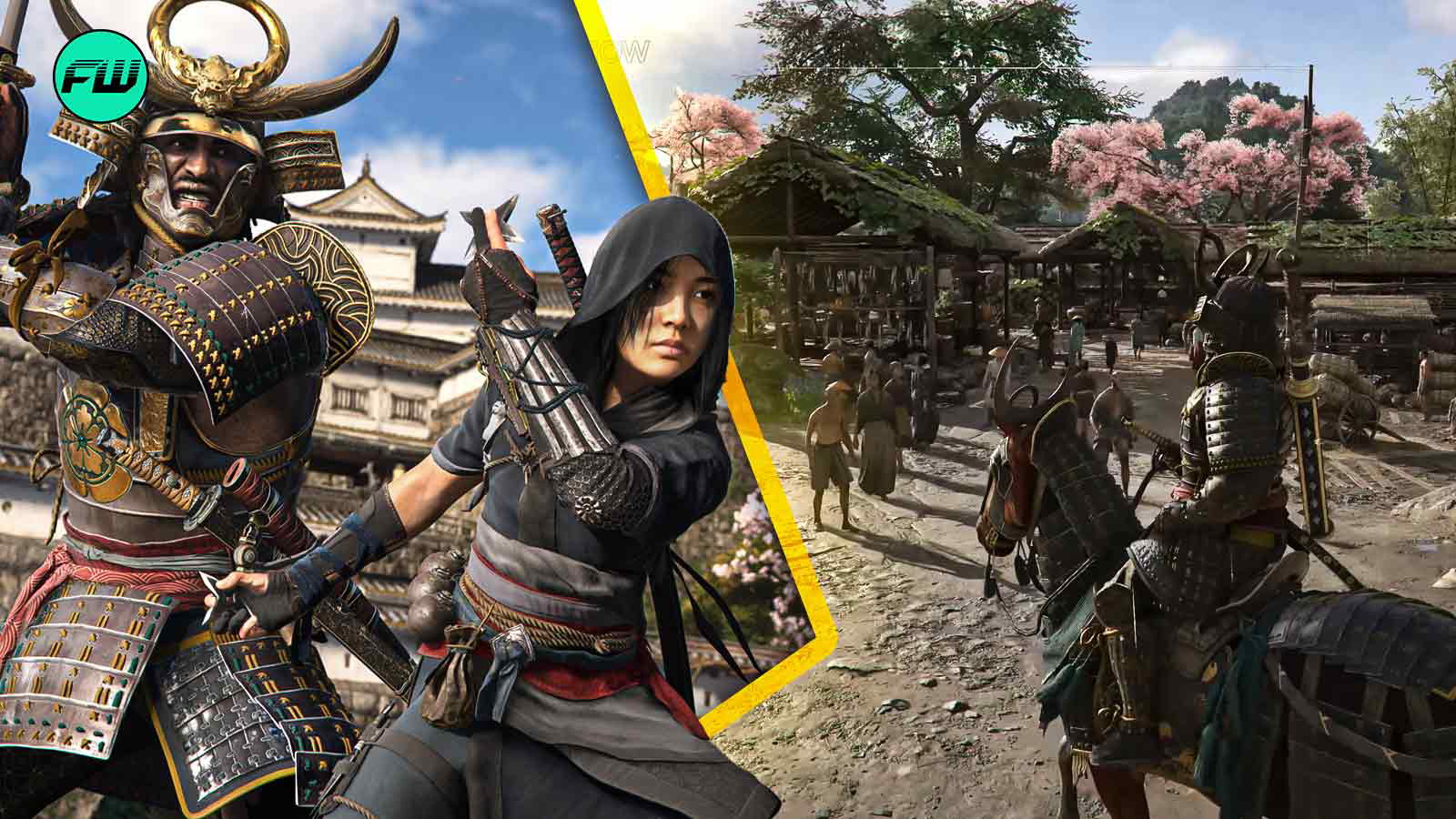
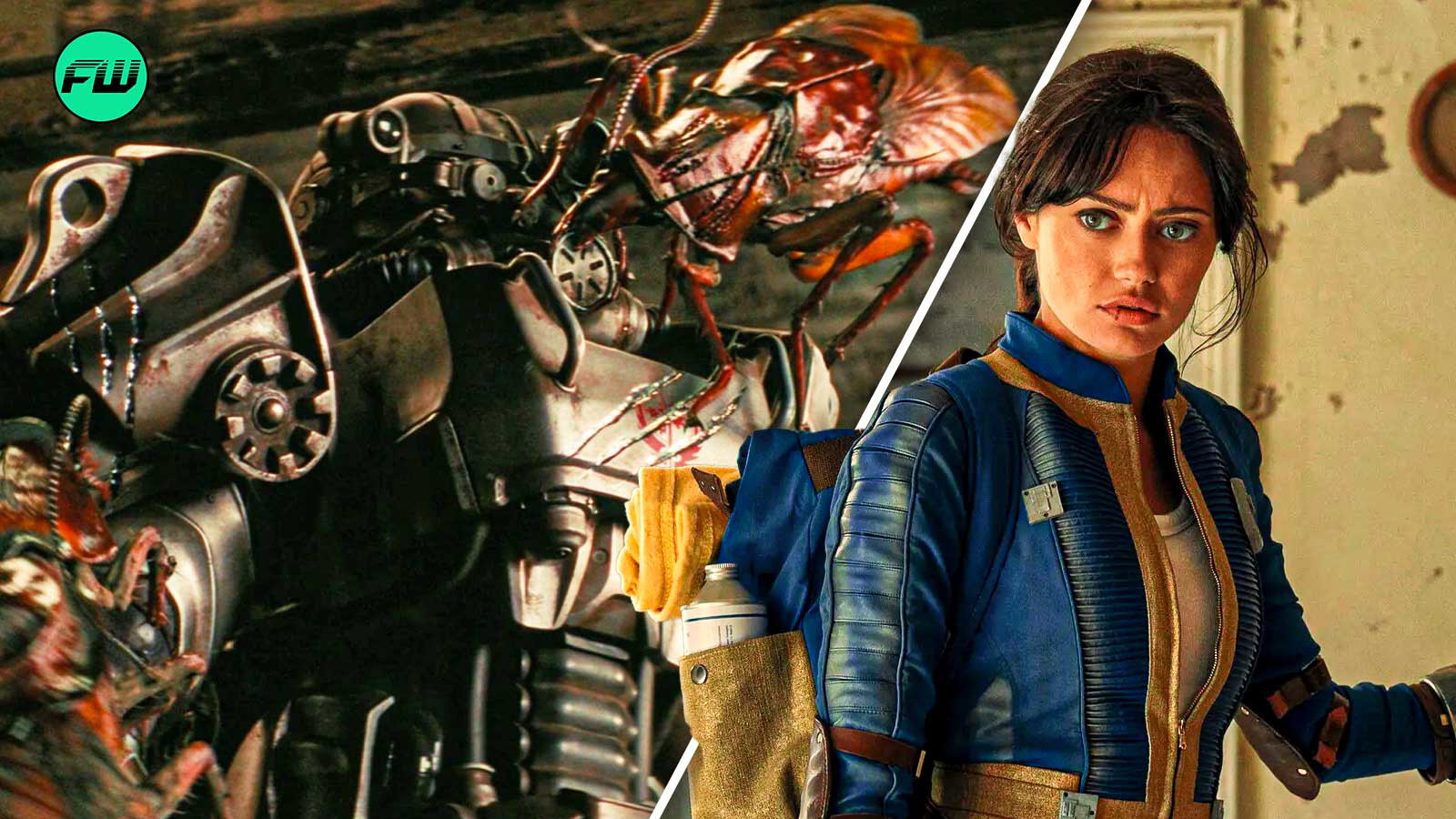
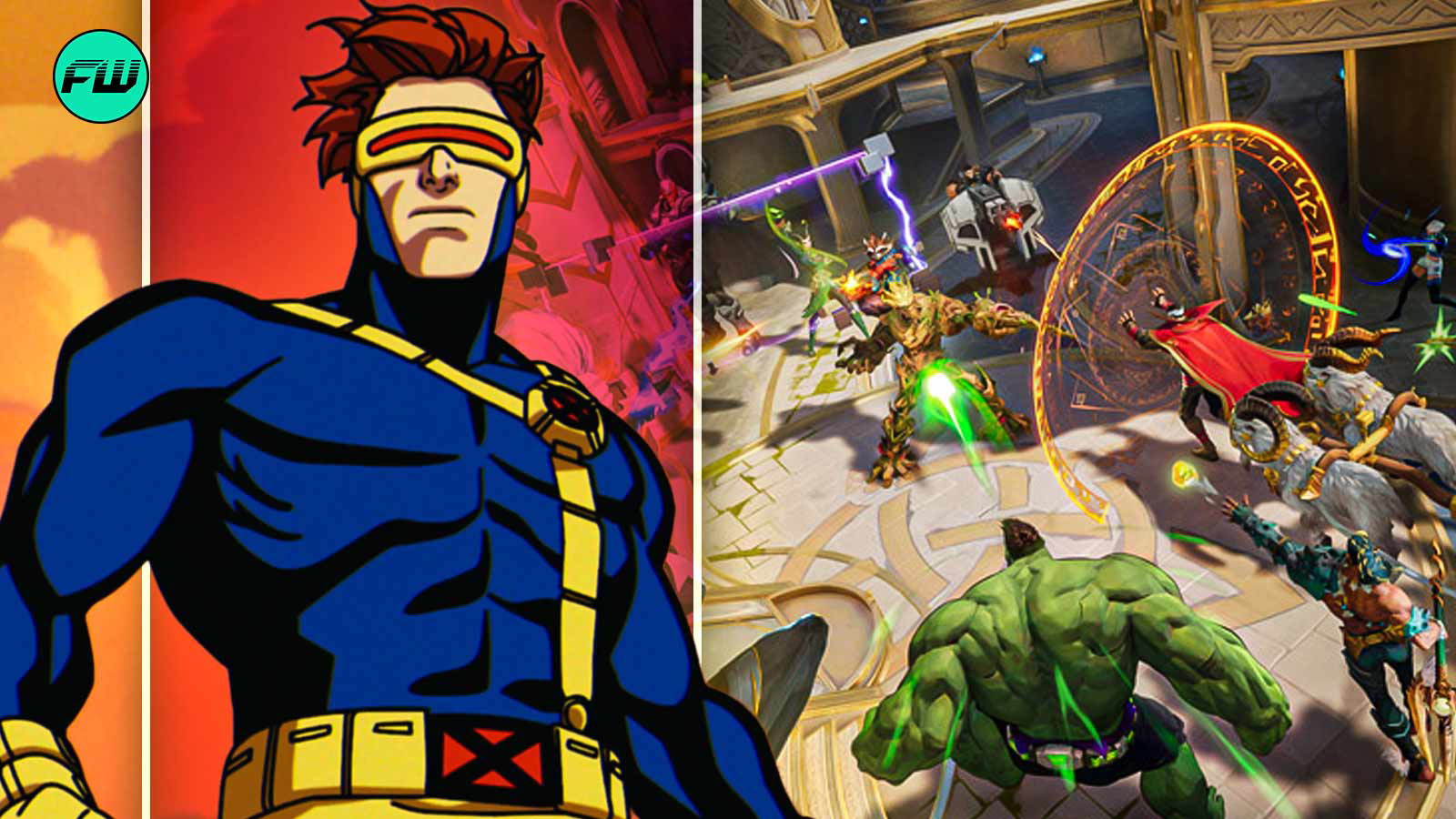

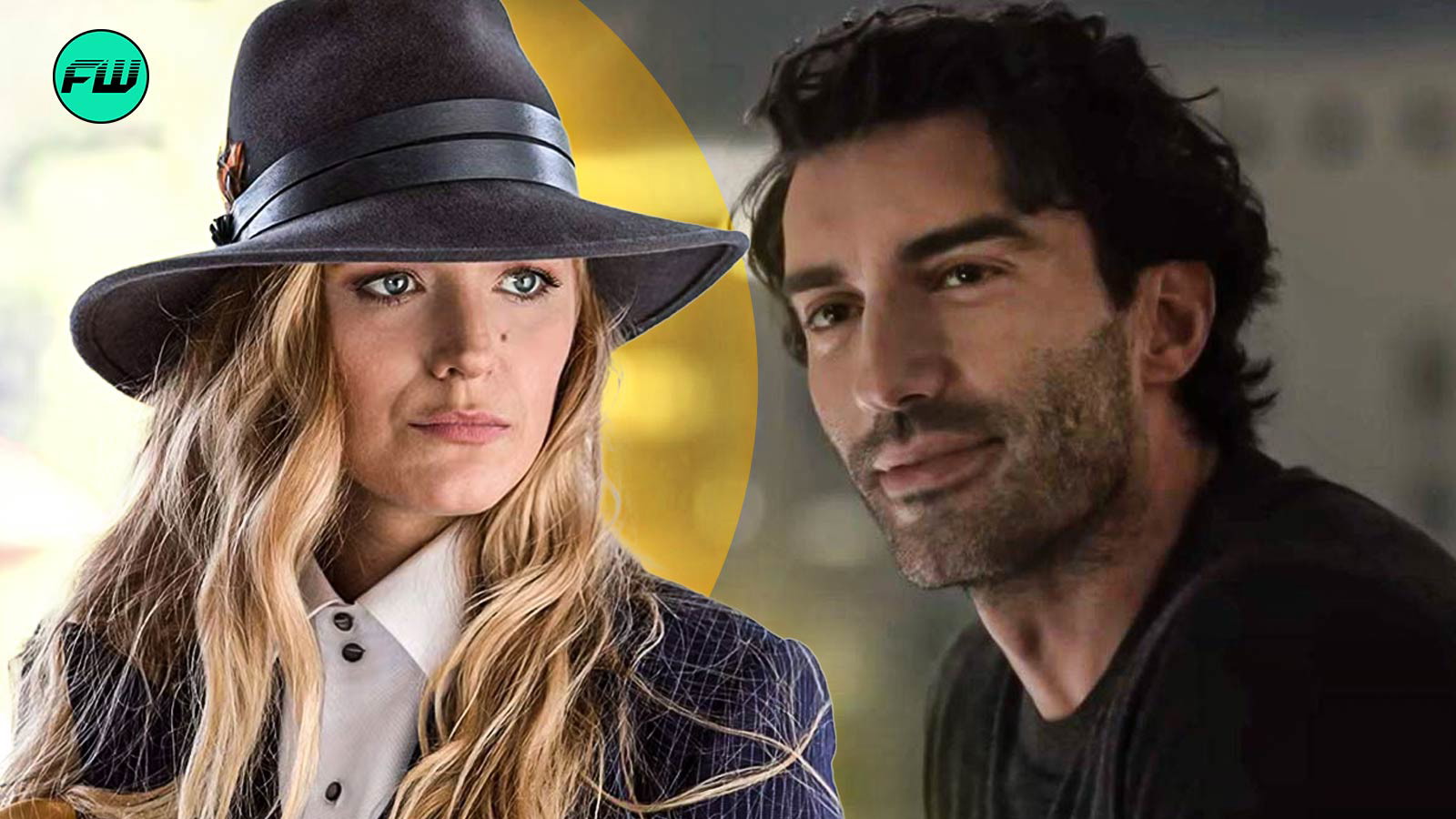
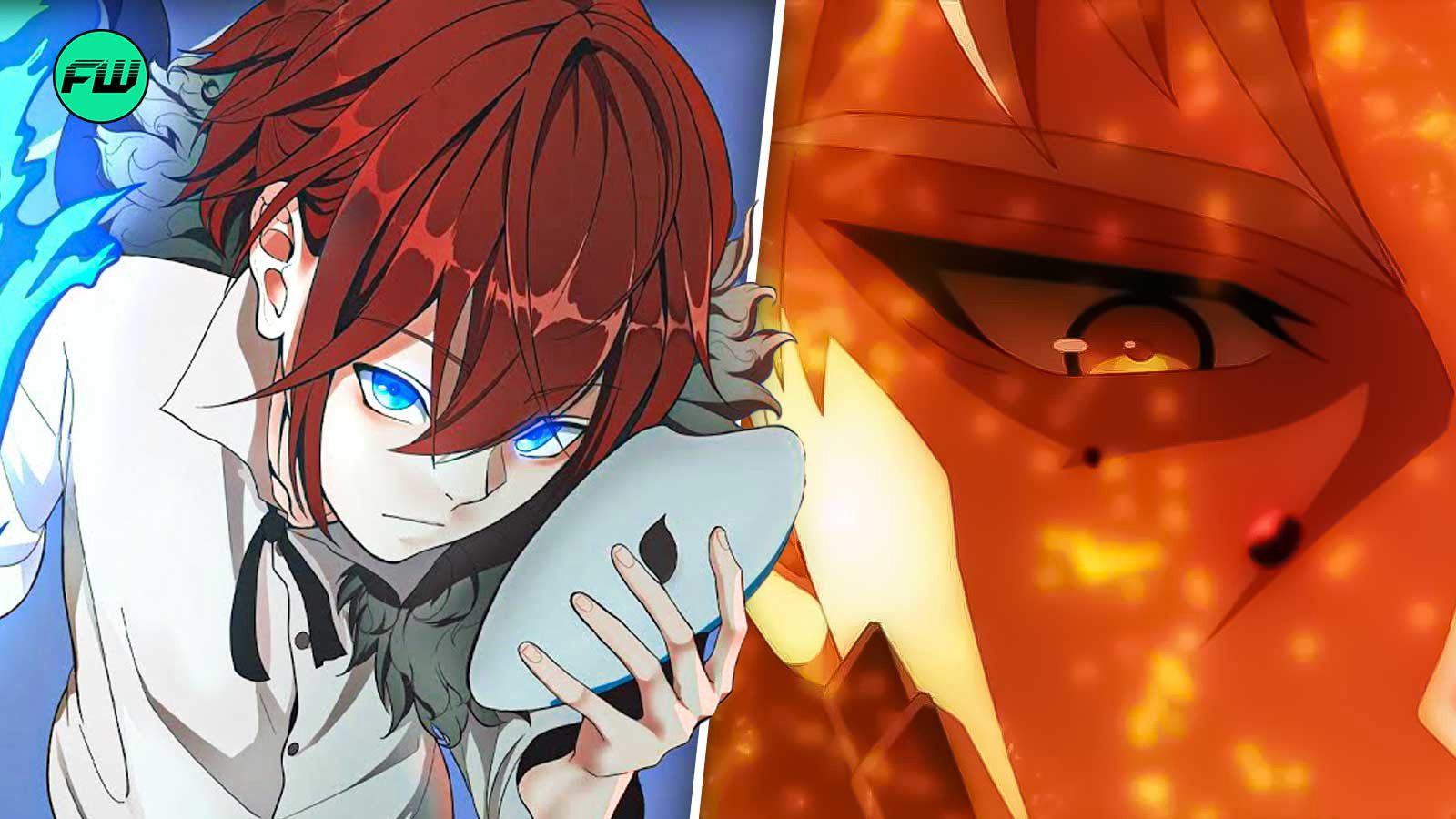


























 Bengali (BD) ·
Bengali (BD) ·  English (US) ·
English (US) ·